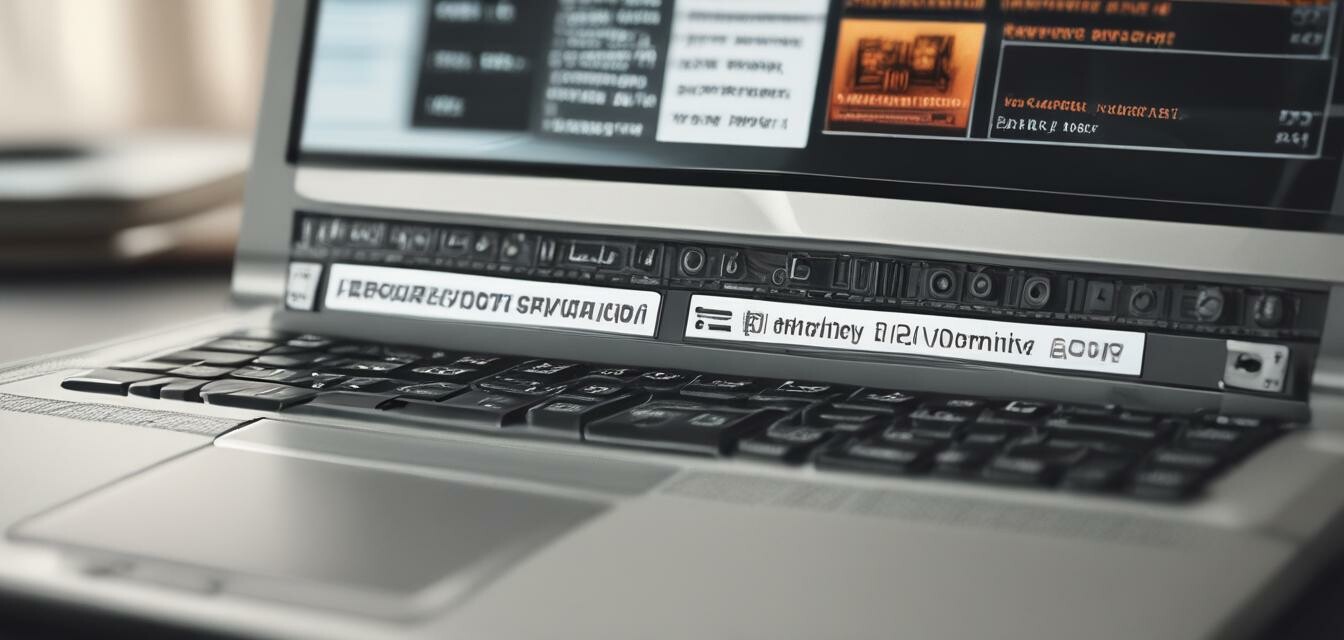
Troubleshooting Common Laptop Issues
Key Takeaways
- Identifying common laptop problems is the first step in troubleshooting.
- Basic troubleshooting steps can resolve many issues.
- Regular maintenance can prevent most laptop problems.
- Knowing when to seek professional help is crucial.
- Resources are available for ongoing support and information.
Owning a laptop comes with its share of challenges. Whether you're working from home, studying, or enjoying entertainment, there are common issues that can hinder your experience. This guide will help you troubleshoot frequent laptop problems, ensuring a smoother and more efficient user experience. By following these tips, you can resolve problems quickly or know when to seek help.
Common Laptop Problems
| Issue | Description | Possible Cause |
|---|---|---|
| Slow Performance | The laptop takes longer to complete tasks. | Insufficient RAM or a full hard drive. |
| Overheating | Laptop gets excessively hot during use. | Blocked vents or failing fan. |
| Boot Issues | The laptop fails to start or boots to error messages. | Corrupted operating system or hardware issues. |
| Wi-Fi Connectivity Problems | Inability to connect to Wi-Fi networks. | Outdated drivers or router issues. |
| Battery Drain | The battery discharges quickly. | Settings or faulty battery. |
Basic Troubleshooting Steps
Though the problems above can be frustrating, many can be resolved with some basic troubleshooting steps. Here’s a list of things to try:
- Restart your laptop to refresh the system.
- Check for software updates, especially for the operating system and drivers.
- Run a virus scan to detect malware or harmful applications.
- Free up space by deleting unnecessary files or applications.
- Inspect physical connections, especially for peripherals.
When to Seek Professional Help
While many issues can be resolved with the steps above, there are times when consulting a professional is necessary:
- The laptop shows physical damage (e.g., cracked screen, liquid damage).
- You hear unusual sounds from the hardware.
- The laptop continues to overheat after cleaning.
- You are unsure about running advanced troubleshooting.
Preventive Measures for Laptop Maintenance
Regular maintenance is key for extending the life of your laptop and keeping it running smoothly. Here are some preventive measures:
Tips for Maintenance
- Keep your laptop clean; regularly remove dust and debris.
- Update software regularly to protect against vulnerabilities.
- Use a surge protector to protect against electrical surges.
- Avoid overheating by ensuring proper ventilation.
- Regularly back up important data.
Conclusion
Troubleshooting common laptop issues can greatly enhance your computing experience. By familiarizing yourself with potential problems and maintaining your device regularly, you can not only resolve minor inconveniences but also prevent future issues. If you're looking for more tips on optimizing your PC experience, visit our Expert Tips page.
Further Resources
For ongoing support and information, check out our Buying Guides for insights on the best laptop options, or dive into our Budget Laptops section for affordable choices. Explore more about 2-in-1 Convertibles for versatile usage or see our Gaming Laptops for high-performance options.